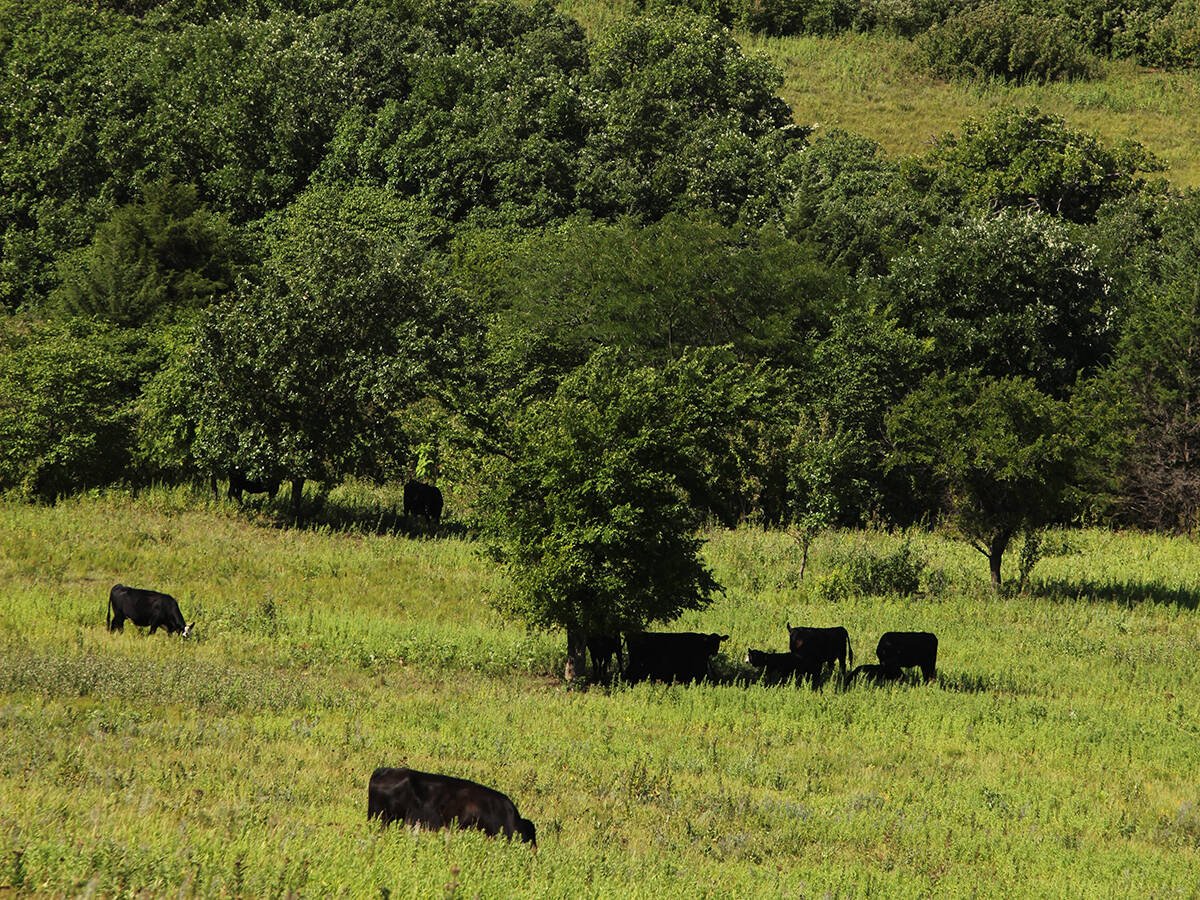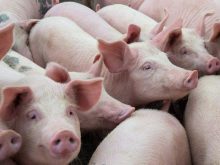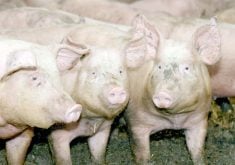Beef producers remain anxious over Alberta’s Livestock and Meat Strategy.
The government strategy, which was first announced in June, resulted in considerable debate at the Alberta Beef Producers annual meeting Dec. 8-10, where delegates were assured it is a catalyst to put the once powerful industry back on its feet.
Alberta agriculture minister George Groeneveld told them that following 30 meetings with Asian officials last month, he remains convinced the strategy is on the right track.
Provincial officials used the overseas meetings to ask potential customers what Canada could do for them.
Read Also

Beef cattle more prone to trace mineral deficiencies
The trace mineral status of our cows and calves is a significant challenge for western Canadian producers and veterinarians.
“They really appreciate being asked what we as a Canadian industry need to do,” he said.
Groeneveld said Asian meat buyers told him they do not want to be told to change their rules to reopen trade. Instead, they want high quality, safe meat products that can be traced.
However, ABP delegates voiced concerns about the strategy, which ties subsidies to requirements such as age verification.
“We need to work to maximize the positive aspects of the strategy and at the same time work to amend parts of the strategy that are problematic,” said outgoing ABP chair Erik Butters, who sits on a newly formed steering committee representing members of the livestock sector to advise the agriculture department.
“We all recognize that there are opportunities here and I do not want to overlook those opportunities. We have the opportunities to advance the interests of our industry through this strategy, so we need to support it and proceed,” said Rick Burton, who was elected new chair of the producers group.
The strategy includes a livestock and meat agency, which producers said needs to complement rather than duplicate work of the Beef Information Centre, Canada Beef Export Federation and the beef cattle research council.
Agency employee Sandra Honour said the government has promised it will not duplicate those organizations, but it will make sure money from the province is benefiting the Alberta beef industry.
The agency’s job is to promote new ideas rather than regulate, she said.
The agency has been modeled after those developed by other countries, with a skills-based board and a role that will evolve over time. Groeneveld said he wants world class experts who can plan strategy.
In an attempt to rebuild the industry, the government plans to enforce age verification, on-farm food safety, premises registration of the home quarter and information on farm capacity. The new rules will come into effect in January.
The office of the provincial veterinarian wants information on premises location and animal populations in the event it must deal with a major disease outbreak and quarantines.
Frank Murphy, chair of the cow-calf committee, said he is still trying to understand the strategy.
“To date, my understanding of the whole strategy is sign on, age verify calves and get the subsidy. Next year we will be legislated into doing it,” he said.
“If we do not feel we can comply, we have the option of exiting the industry.”
Eleven resolutions from the meeting were directed at the strategy.
Delegates resolved to support the basic principles of the strategy but said ABP needs to be at the table representing all sectors of the beef industry because it wants a program that works for all.
Another resolution requested removing mandatory portions of the strategy and replacing them with voluntary agreements.
Delegates also requested an independent cost-benefit analysis of the strategy and asked for a delay in its implementation until there is an accurate assessment.
Ted Ford of Westlock said the strategy isn’t clear enough – too many open ended requirements, mandatory aspects, duplication of services and no accountability to producers.
“It appears there will be additional costs resulting from the strategy. There may be benefits, but what is the magnitude of the costs and benefits?”
However, Lorrie Jespersen of Barrhead argued a study could take too long and the government will have the strategy in place before the study is done.
“The train is in full steam and moving but we have to remember the government has initiated a government-bureaucratic board. It is going to cost taxpayers money and somewhere down the line we need to know how much it is costing us to market cattle or ship cattle. Are they giving us a good bang for our buck?”
Brent McEwan of Alberta Agriculture said a cost-benefit study on age verification has been conducted, but it has not been circulated.















